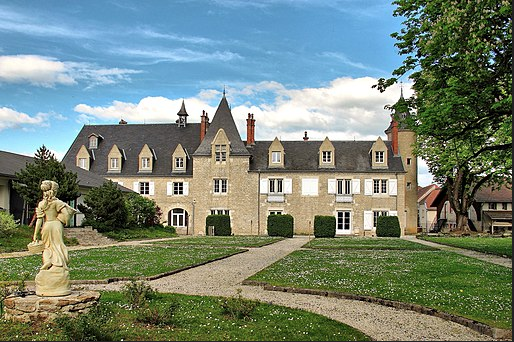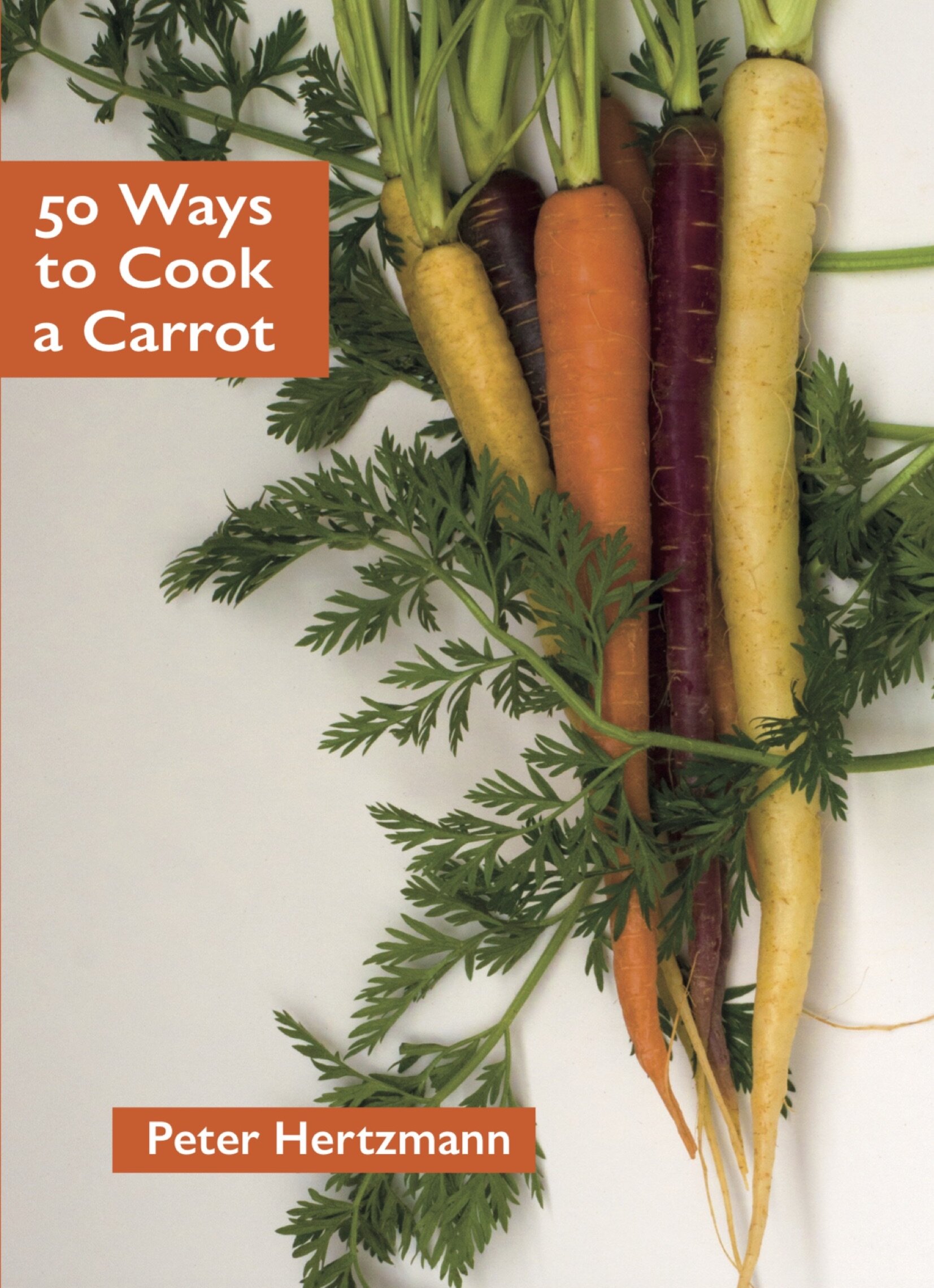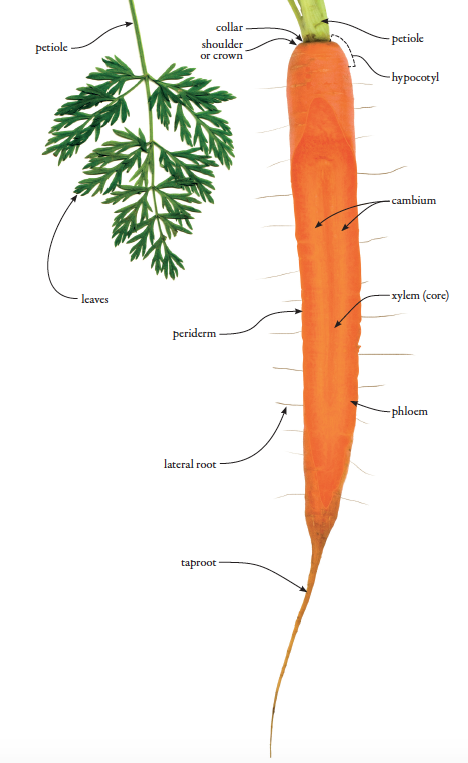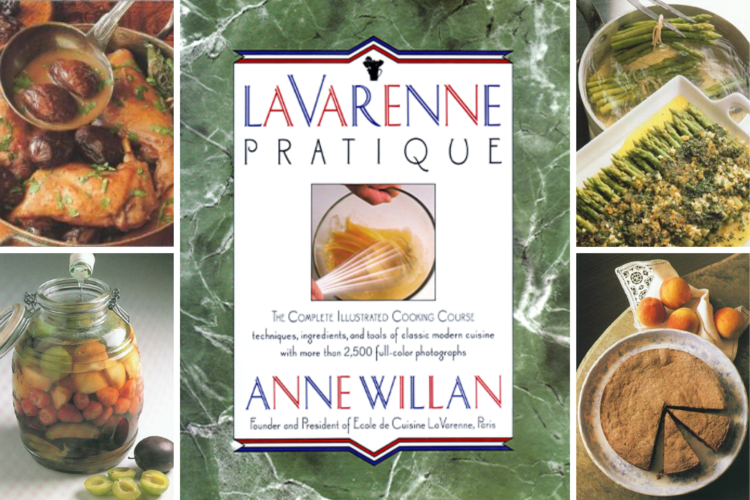Advertisement
Behind the Cookbook: 50 Ways to Cook a Carrot
26 January 2021 · Behind the Cookbook
Peter Hertzmann is a cook, teacher, and culinary historian who likes to do things a little bit differently – which is why, at the age of 52 and with no formal training as a chef, he decided to complete several ‘stages,’ working unpaid in restaurant kitchens in Europe, the UK and North America. That experience strengthened his belief that understanding cooking methods – rather than just following recipes – is the best way to learn to cook.
In his quirky, highly readable, and useful new book, chosen by The New Yorker as one of their ten best cookbooks of 2020, Hertzmann uses carrots to demonstrate a whole battery of kitchen skills, from julienning and braising to transforming them into meringues, foams, and ice cream.
In the piece below, adapted from the book’s introduction, Peter explains his reasons for writing the book, its intended audience — and why he chose carrots…
“Why carrots? They are versatile. They are readily available. They are cheap. The carrot is really a stand-in for many other possible ingredients.”
In 1974, I purchased a rather thick book about Chinese cookery that claimed to contain over a thousand recipes. I thought I could teach myself to cook Chinese food from this handsome book. Fortunately, after a few stumbles, I met a recent Taiwanese immigrant. She taught me the basic methods of Chinese cooking and introduced me to a couple of sources for the ingredients. I was on my way. Learning the methods of Chinese cooking set me on the right path.
Twenty years later, I was perusing a copy of Fine Cooking Magazine at a newsstand. There I found an article titled, ‘Two Steps to Moist Pork Chops’. The article was touting the ‘sear, roast, rest’ method common to many restaurants. Although the text only mentioned pork chops, I found that I could apply the method successfully to almost any meat or seafood. In the process, I managed to translate a single recipe into a generalized method. Once again, learning a method helped to free me from being a follower of recipes.
I spent 30 days in 2000 in a small village in the Jura. It was so small that the village cows far outnumbered the village inhabitants. At the edge of the village lay Le Château d’Amondans, then a Michelin one-star restaurant and hotel established in a 250-year-old mansion.
I was there for my first stage, an activity that resembles an unpaid internship. It is common for newly trained cooks to stage in several restaurants in order to learn different skills and to pad their résumés. I was totally untrained and 52 years old. I was older than everyone working in the restaurant except for the chef’s father-in-law. At the end of my period as a stagiaire, I had a passel of new recipes under my arm, but more importantly, I had learned what has become a lifetime of cooking methods that continue to guide me.

Château d’Amondans, where Peter completed one of his stages.
I could now hold food for hours after cooking and still serve it hot and in perfect form. I could now prepare food in simple ways that seemed complex to the diner. I could now prepare a banquet for a large group without breaking a sweat. Over the next seven or eight years, I staged as often as three times a year in restaurants in France, Switzerland, Canada, and the United States. Each time I learned new methods to add to my kit.
In 2015, I visited the chef from Amondans who now was operating a small restaurant in the Swiss Alps. This restaurant was much smaller than his original Michelin-starred restaurant, and his clientele favoured traditional Swiss snacks rather than French haute cuisine.
For the chef’s sanity, the menu also included a few gastronomic dishes from the French lexicon. I visited the chef for a week. I joined him in the kitchen, and for a week we cooked up a storm. I was able to contribute and participate with a minimum of instruction. Even though I had never cooked any of the dishes I was now pushing through the pass, we were like a young couple dancing as a well-practised pair.
The following year, I spent a month at an experimental restaurant in Scotland. There were only four workers in the entire restaurant. We did everything from cooking to serving to cleaning. Each night’s dinner was unique. Some nights were better than others, but no night was mediocre. What made each night possible was that all of us in the kitchen knew how to cook. We never worked from recipes, we just cooked. How could this be? We all were well-versed in the ‘methods’ of cooking.
My belief in teaching the methods of cooking, rather than recipes, started to come to fruition in 2008 when I was teaching part-time in a job-training centre set up to provide people with no job experience the skills required for entry-level positions. I had a group of culinary students who, besides being new to the programme, were mostly residents of the county jail. They attended class each day as part of a work furlough programme. Each night, they were back in jail.
When I arrived one morning, the chef assigned a new group to my tutelage. In 30 days, the group was supposed to compete in a cooking contest against a group of students from a local junior college who were three-quarters through a professional, two-year programme. The morning of the contest, they were to be given a market basket of food, and they had three hours to produce some number of dishes. I decided to teach as many generalized methods of cooking as I could during the time I had to spend with them. In the end, none of our groups finished first, but all performed better than most of the college-trained students.
In 1993, Fuji television brought the world the archetype of all modern cooking competitions on television, ‘Iron Chef’. The timed cooking ‘battle’ had the competitors producing dishes around a theme ingredient. The end product was the direct result of the cooks applying cooking methods from their experience to the competition.
In contrast, during the ten years I taught recreational cooking at a large, nationwide cookware store, I was constantly confronted by students who came to learn specific recipes rather than those who wanted to learn to cook. For example, rather than learn the methods required to produce almost all soups, some students only wanted to learn how to make a specific soup. Many even closed their ears to possible substitutions which allowed each student to expand his – men were more of a problem – repertoire.
By now, you are aware that I push methods over individual recipes. Escoffier gives a recipe for Purée de Céleri in his Le Guide Culinaire. The method in the recipe produces a soup that diners swear contains cream, but it doesn’t. I have substituted many different vegetables for the celery in the recipe, and the results are equally good.
To further simplify my argument, all the methods are applied to a single ingredient: carrots. Why carrots? They are versatile. They are readily available. They are cheap. Although each method presented results in a usable carrot preparation, the carrot is really a stand-in for many other possible ingredients. This is important to remember: Although we’ll make pastry cream from carrots, there are many, many ingredients that could be used exactly the same as carrots (including the original milk).
Every method presented in this book is approachable for both novice cooks and those with many years’ experience. Although some prescriptive advice is provided – such as when the salt concentration for pickling a carrot is given as a certain percentage – this type of information is only provided when necessary.
In this manner, we can concentrate on the method of preparation and not on any one recipe. In this way, the method can be applied to hundreds of ingredients, not just carrots.
You can find every recipe from 50 Ways to Cook a Carrot on ckbk, in full.
Sign up for ckbk's weekly email newsletter
Related Posts
Advertisement






